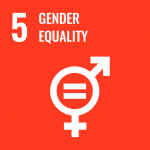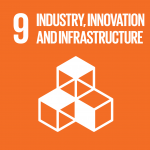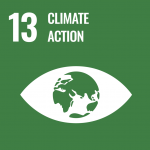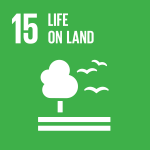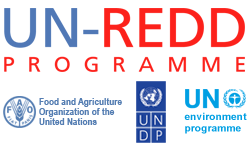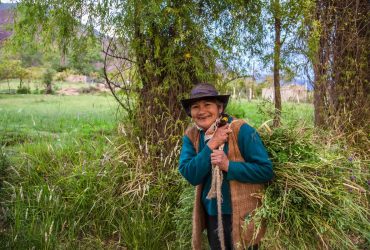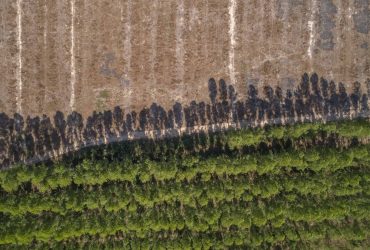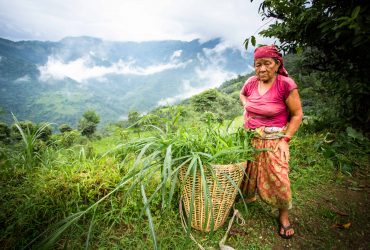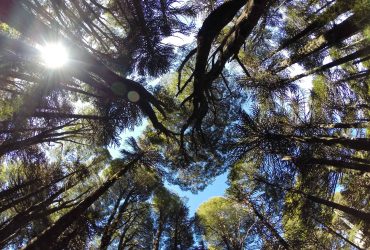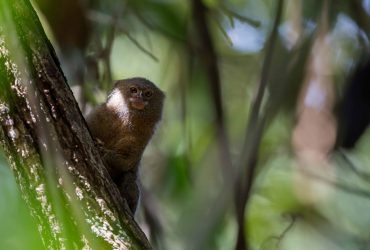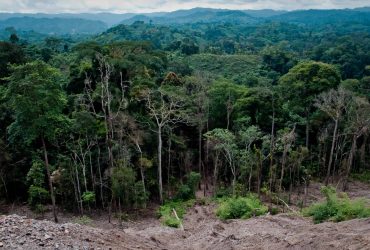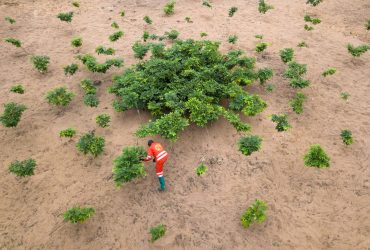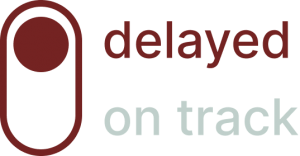


The Government of Myanmar made significant advancements against the pillars of the Warsaw Framework for REDD+, including the completion of the National REDD+ Strategy development through an inclusive and gender-responsive stakeholder engagement process. Much of the achievements and lessons learned are the result of dedicated work carried out under the UN-REDD National Programme, which ended in November, 2020.
Similar to what was reported in 2021, the long tail of COVID-19 and the in-country political situation continued to make it untenable to realistically plan for the implementation of new TA activities in 2022. In line with the document, “Myanmar United Nations Country Team (UNCT) Engagement in Current Context,” no engagement with the de facto government counterpart was possible. As a result, the TA for REDD+ implementation is still on hold.
Nevertheless, the UN-REDD country team considers UN-REDD support of paramount importance to build upon, including continuing the successful work carried out in previous years. The country team will continue to reassess the situation to identify windows of opportunity for planning a re-entry when in-country conditions allow.
In addition to the regular TA, Myanmar is a beneficiary of two additional UN-REDD initiatives launched in 2020: Sustainable Forest Trade in the Lower Mekong Region (SFT-LMR) and Integrating Mangroves into REDD+ Implementation in Myanmar. The latter, even with adjusted activities, managed to continue achieving progress, and results are outlined in a dedicated section below. Similarly, the Myanmar component of the SFT-LMR initiative progressed on activities related to timber legality at the community level, including communication campaigns for awareness on forest crime, strengthening monitoring systems and engaging smallholders to access legal and sustainable forest product value chains.
MYANMAR MANGROVES TECHNICAL ASSISTANCE
Activities under the Myanmar Mangroves TA continued in 2022 in a similar fashion to what was accomplished in 2021, following the revised results framework as discussed (and agreed upon by the UN-REDD Executive Board) in the aftermath of the coup that took place in February, 2021. 2022 was a successful year for the TA, with significant progress and a more positive, yet challenging, in-country working environment. For example, in 2022, it was possible to carry out limited field missions and organize in-person meetings and workshops at the community level. The positive experience of this year triggered the request for a no-cost-extension of the TA until the end of 2023 (granted by the UN-REDD Executive Board in January) allowing for the conclusion of all anticipated activities, and importantly, to reach the objectives set forth in the project document.
National REDD+ Strategy: Activities related to sub-national REDD+ action plans for non-state actors focused on raising awareness on REDD+ with the Karen National Union (KNU), as well as developing a manual to write community forest management plans for the KNU. Support to Community Forests (CF), Community Forest Enterprises (CFE) and Community Protected Areas (CPA) have continued successfully in Ayeyarwady and Tanintharyi regions and Mon state ranging from, among others, trainings in forest inventory and mangrove conservation to drafting management and business plans. An example of the initiative’s work at local level has been captured in webstory of The mangroves of Myanmar.
FREL/FRL: Field data from mangrove clusters in the Myanmar National Forest Inventory has been analyzed and results presented in a report to yield improved Emission Factors (EF) estimates for the mangroves biome. The mangrove extent maps of the Ayeyarwady and Tanintharyi regions have been classified according to level of maturity and canopy coverage using a combination of very high-resolution satellite images and field data. These results, along with a document summarizing recommendations for developing a new baseline for REDD+ implementation in the mangroves, will contribute to the improvement of the latest version of the country’s FREL (submitted in 2019). While this is already an important achievement for the country’s REDD+ context, the UN-REDD Programme will be able to support next steps: providing technical assistance to the country to use the data for drafting and submitting a new FREL once political circumstances allow, and once direct contact with the Forestry Department can be re-established.
NFMS: Extensive spatial analysis was carried out to produce mangrove extent and mangrove condition/degradation maps for two regions. The methodological approach will be applied to other regions in Myanmar and can prove useful in mangrove areas elsewhere. In addition, a scoping report was prepared to identify the priorities, data sources and options for proposed analyses that can support the integration of mangroves sustainable management, restoration, and conservation into REDD+ implementation in Myanmar. Draft spatial analyses focused on mangrove biodiversity, ecosystem services and importance for communities are being prepared, along with capacity building materials.
Safeguards/SIS: A final working version of a guidance package on how to apply Myanmar’s national safeguards approach at the sub-national level, with a focus on community forestry, has been produced in Burmese and English, incorporating feedback from initiative partners and selected experts. This package includes a guidance document and a set of checklists in English and Myanmar languages, aimed at helping Civil Society Organizations (CSOs), NGOs and other civil society REDD+ planners and implementers to plan, design and implement socially and environmentally sustainable REDD+ actions in line with the safeguards. Subsequently, a training of trainers was organized with a key NGO implementing partner, to assist in providing similar capacity building to key community forestry groups in the country and to pilot the use of selected safeguards checklists.
Implementation challenges related to the political situation continued in 2022. However, by focusing on remote support and direct engagement at the community level, the TA succeeded in advancing towards its stated objectives. For the first time, field missions were carried out in Tanintharyi and Delta regions in coordination with the implementing NGO. Also, savings related to limited travel and a reframed workplan justified the request of a no cost extension, prolonging the initiative’s lifetime well into 2023.
As a result of the reframed workplan, in 2022, the initiative dedicated significant resources towards social inclusion, reorienting part of the planned actions specifically towards strengthening capacities of local communities. Overall, over 20 communities benefitted from training and capacity development programmes and awareness initiatives related to CF, CFE and CPA. In addition, the safeguards guidance package specifically addresses issues of gender, social inclusion, and participation.
The partnership with UNEP-WCMC led to the core of the work on safeguards, as well as on mapping mangrove biodiversity and ecosystem services. The Myanmar Environmental Rehabilitation-Conservation Network (MERN) was responsible for many of the activities at the community level and for community forests assessments, while community forests mapping in Rakhine and Tanintharyi has progressed in collaboration with Centre for Development and Environment (CDE).
The activities within the Mangroves Initiative, through the conservation and sustainable management of mangroves ecosystems, provide a key pathway to achieve progress across several SDGs. Through novel systems, including monitoring and sustainable forest management in mangrove areas, advances in supporting sustainable livelihoods, reducing social inequalities and supporting gender equity can be achieved. Among the goals most relevant to mangrove conservation are SDGs 5, 9, 13, 14 and 15.
